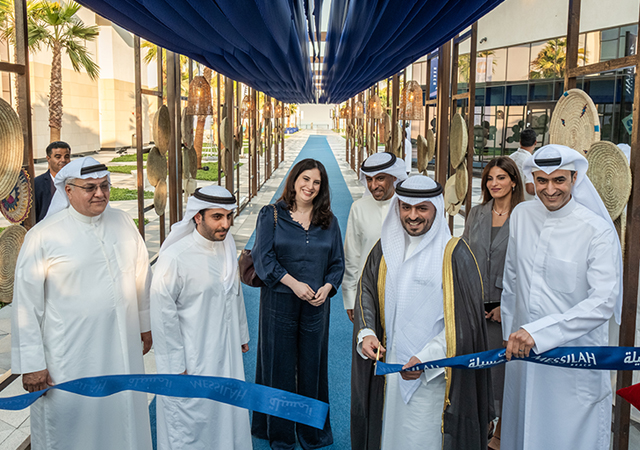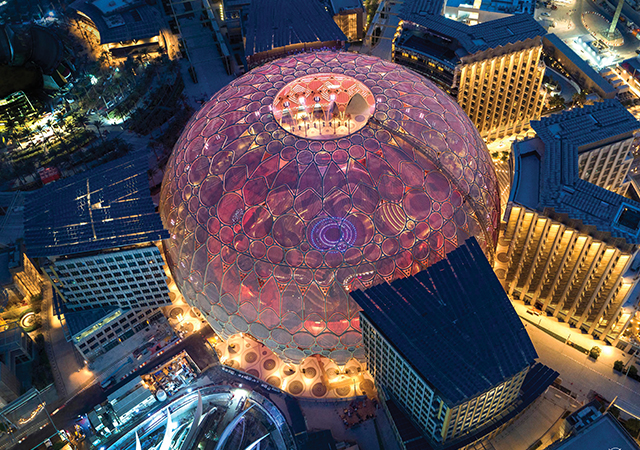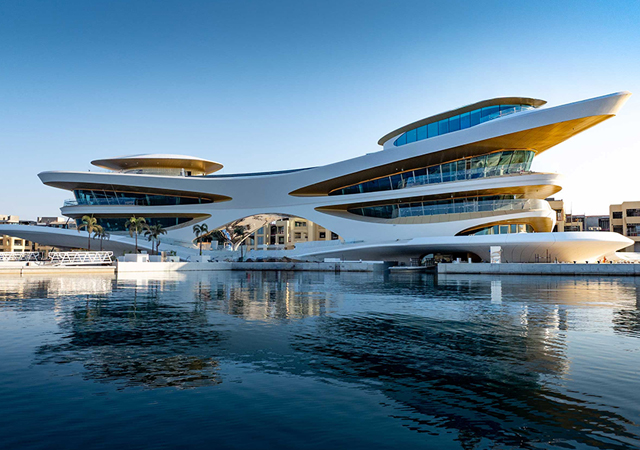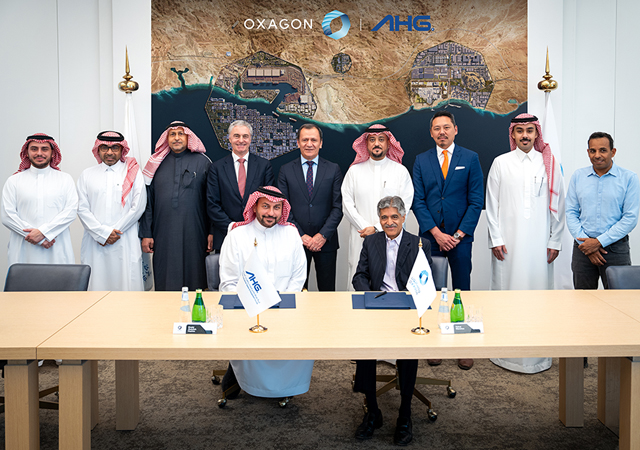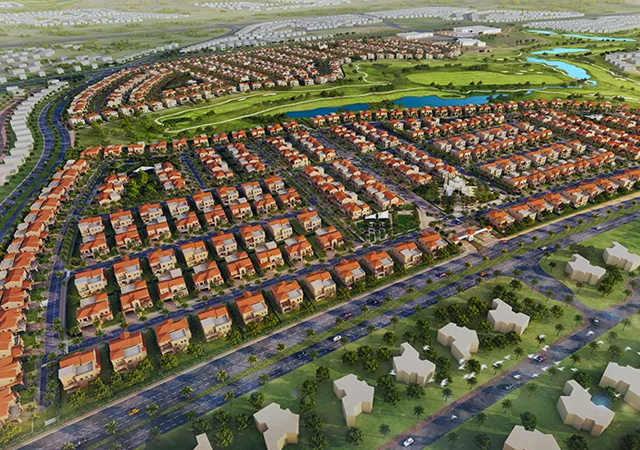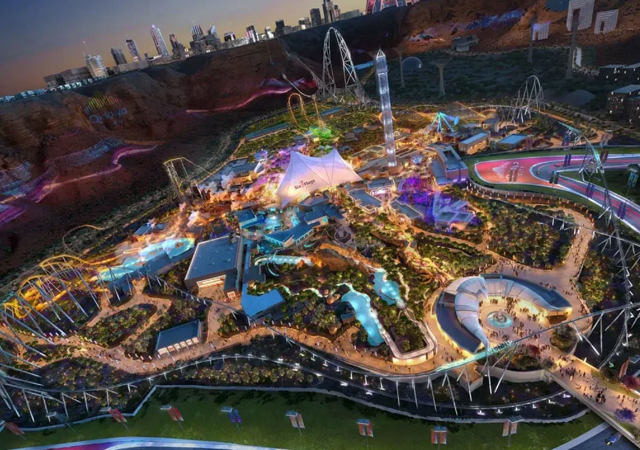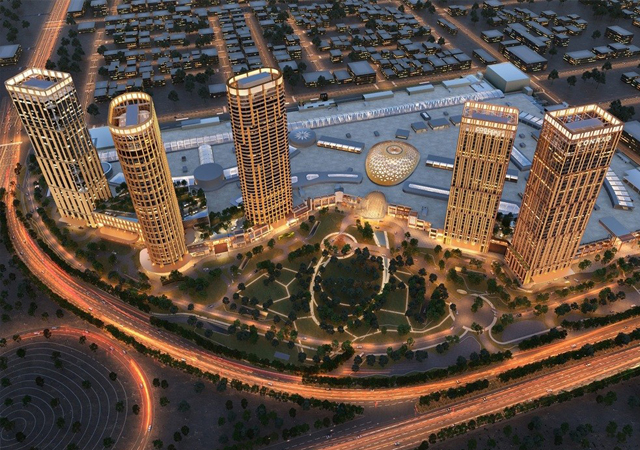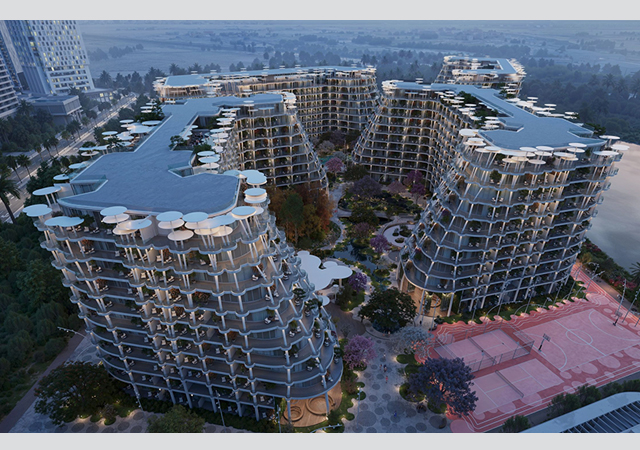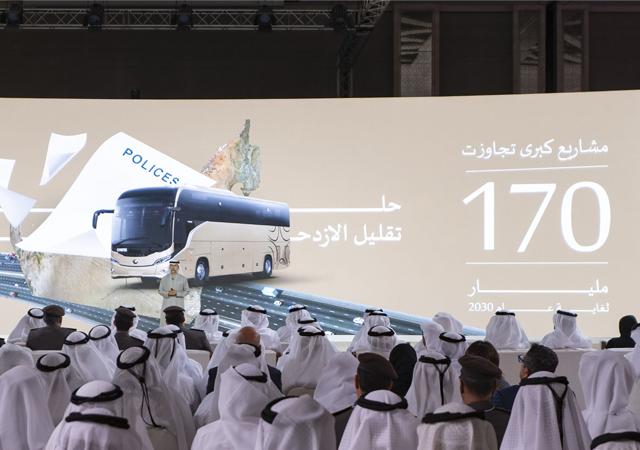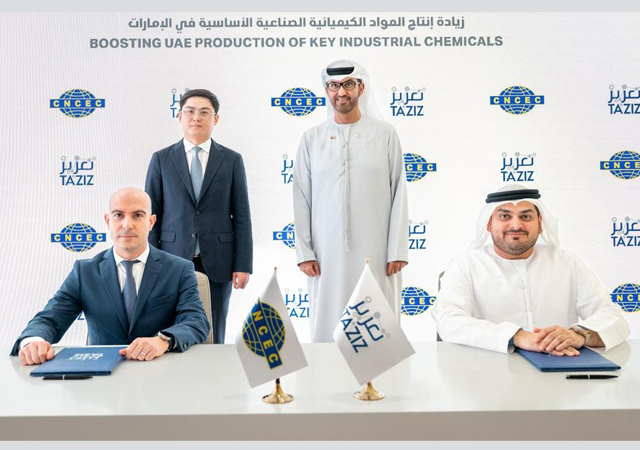
 Kingdom Tower ... a challenging project.
Kingdom Tower ... a challenging project.
THE skyscraper is just about to get a whole lot bigger, with a whole lot more of them around. Dubai’s Burj Khalifa, the world’s tallest building, is set to be dwarfed by the tallest of them all, the Kingdom Tower in Jeddah, Saudi Arabia – the first habitable building to pass the 1 km mark, on which work has begun.
Putting that into context, Kingdom Tower will stand at just over 1,000 m, nearly twice the height of One World Trade Centre, the tallest building in the US at 541 m. The tower will take five years to construct, have 200 storeys, and require 500,000 cu m of concrete and 80,000 tonnes of steel.
It will be 173 m taller than the Burj Khalifa with 160 storeys. Until now, Dubai has led the way in supertall building, with more than 70 skyscrapers over 200 m tall – more than Hong Kong, which has 61 buildings of the same height.
The Kingdom Tower, overlooking the Red Sea, will comprise a luxury hotel, apartments, offices and an observatory.
The challenges facing the builders of the Kingdom Tower will be immense, not least how to pump wet cement half a mile upwards. To erect the Burj Khalifa, concrete pumping took place at night to reduce heat and prevent it setting prematurely.
Designs of the new ultra-tall buildings are being influenced by a report from the US National Institute of Standards and Technology (NIST) into the collapse of the 400-m-tall Twin Towers in New York in September 2001, which found that “the towers withstood the impacts and would have remained standing were it not for the dislodged insulation (fireproofing) and the subsequent multi-floor fires”.
A report published this year, Roadmap on the Future Research Needs of Tall Buildings, by the Council on Tall Buildings and Urban Habitat (CTBUH), found that more research needs to be done “to establish the impact of new sustainable materials, technologies and design strategies in tall buildings on fire and life safety performance”.
It also said that research was needed “to develop better collaboration between architects, fire-engineers and the fire-fighting community.”
Wrightstyle of the UK, which supplies specialist steel and glass systems, has worked on a number of high-rise developments internationally, building in fire safety and high wind-loading attributes – particularly in the Far East, a typhoon zone.
It has also publicly raised concerns about how fire regulations were being applied across parts of the Middle East, and changed its certification processes, so that a fire certification on one of its glazing systems could not be unilaterally applied on another project.
However, the company remains concerned that in the headlong rush to build faster and higher, issues of fire safety may not be adequately addressed in some parts of the world or, just as bad, components in that building may not have proper fire-safety characteristics.
For example, in Grozny, Russia, last year, fire destroyed the tallest skyscraper in the North Caucus region, a 145-m-tall structure with 40 storeys. Within two hours, fire had engulfed three sides of the building, with fire spreading so quickly because reportedly combustible building materials were used in its construction.
Fire safety over the years has been about “codifying by catastrophe” – the process by which we learn lessons after the event. The real tragedy is how often we have failed to anticipate fire safety issues and legislated sooner.
The biggest lesson came from the Triangle Shirtwaist Factory in New York, when a catastrophic fire killed 146 garment workers in 1911, and led to new legislation, adopted in many parts of the world, on fire safety in tall buildings. The worst recorded tall building fire was in Sao Paulo, Brazil, in a 1974 blaze that killed 179.
An influential report published last year on fire safety design in tall buildings concluded that “only once we understand fires in modern compartments can we truly assess the critical components of the fire safety strategy and begin to provide relevant, refined, innovative fire safety that truly reflects the nature of tall buildings”.
The CTBUH also addresses the issue.
In the new generation of super-buildings, fire safety takes on a whole new dimension, because – beyond sprinkler systems – how do you tackle a fire a kilometre up in the sky?
The answer is: with great difficulty, and there have been several notable cases where a sprinkler system has made things worse, with cold water coming into contact with non-fire-rated glass and causing the glass to break and allowing more oxygen to reach the seat of the fire. The same is true of tempered glass, with a limited fire-rating.
The most effective way of dealing with fire at high altitude is by fire compartmentation – keeping the fire contained in one protected area and preventing it from spreading. A contained fire can be dealt with; an uncontrolled fire can’t.
This was underlined in a report on the 1991 One Meridian Plaza fire in Philadelphia, US, which claimed the lives of three fire-fighters, gutted eight floors of the 38-storey building, and caused an estimated $100 million in direct property losses. The report noted how fire safety was “built around effective compartmentation… but their effectiveness is often compromised by inadequate design or installation”.
Compartmentation can be compromised by inadequately-protected wiring on ducting, allowing fire or toxic gases to seep from one compartment to another or by external windows breaking in the heat, and allowing oxygen into the building.
A rule of thumb for fire safety in supertall buildings is that any fire should be able to burn itself out, without external intervention, and without building collapse. That allows for a limited evacuation of people on the affected floor and on floors immediately above and below the fire. Everyone else should be able to be “defended in place” – a realistic strategy when you might have elderly or disabled occupants stranded 200 storeys up.
Wrightstyle’s high-performance systems not only have up to 120 minutes of insulation and integrity, they have been tested to the US’s more stringent fire test regime – including the hose stream test, where the glass and framing assembly is subjected to a stream of cold water, to simulate a sprinkler system or subsequent fire-fighter response.
Research demonstrates that a combination of a sprinkler system and non-fire-rated glass is not a good safety solution. An “active” sprinkler system needs good maintenance and activation sequences to work properly, whereas “passive” fire-rated glazing systems are guaranteed to work – if the right systems have been specified. Sprinkler systems can also be compromised by low water pressure – a particular consideration in very high buildings – and PVC (polyvinyl chloride) water supply pipes can be damaged by fire and rendered inoperable.
Over the years, we’ve seen the good, bad and the ugly of fire safety design, and hope that the new cities in the sky pay heed to the absolute need for a whole new level of fire safety and, if the worst does happen, have fire containment strategies to ensure everyone’s safety.
*Wrightstyle is one of Europe’s leading suppliers of advanced steel and aluminium glazing systems, supplying fire- and blast-resistant systems worldwide including many completions across the Middle East.














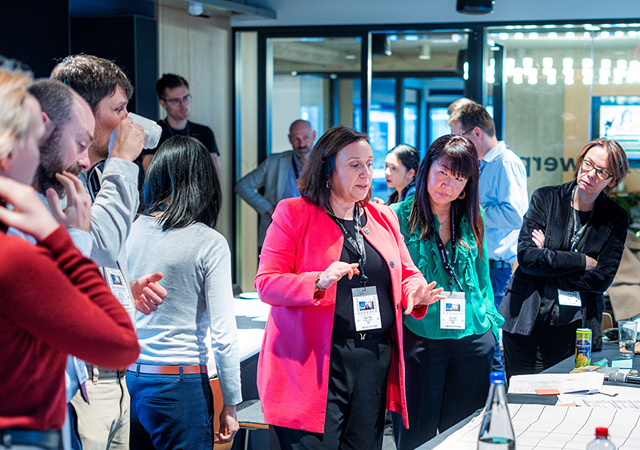


.jpg)

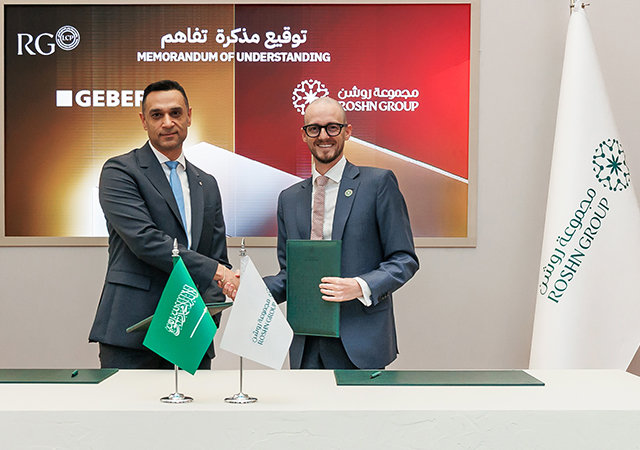
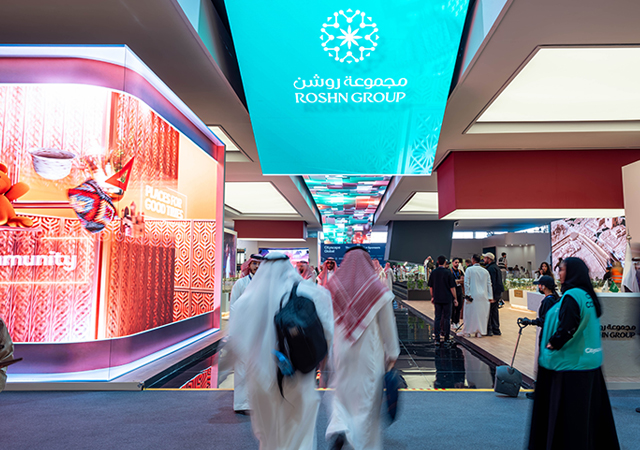



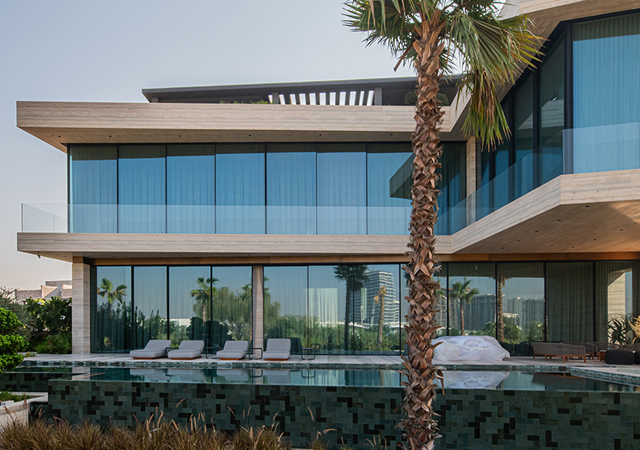
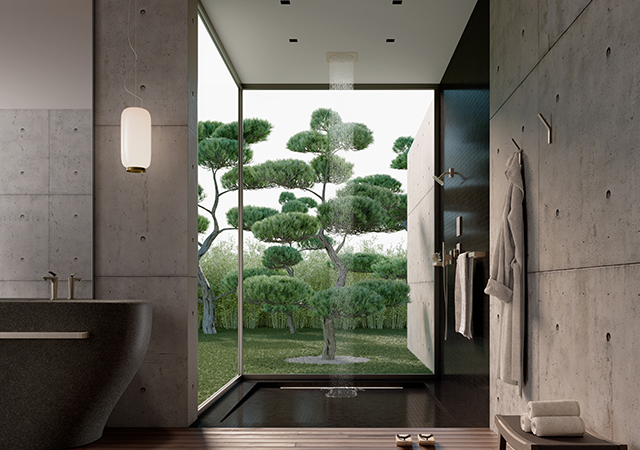

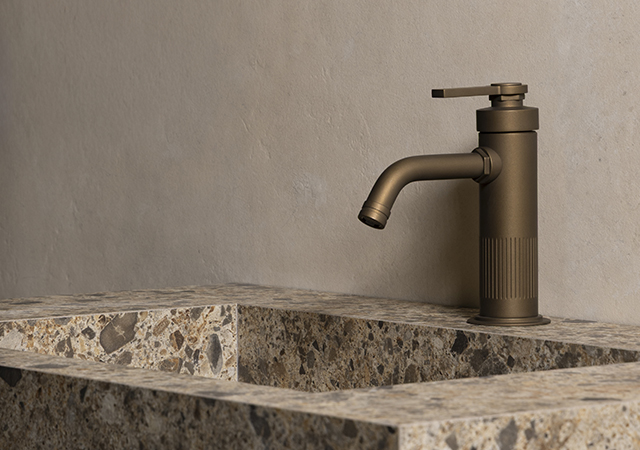

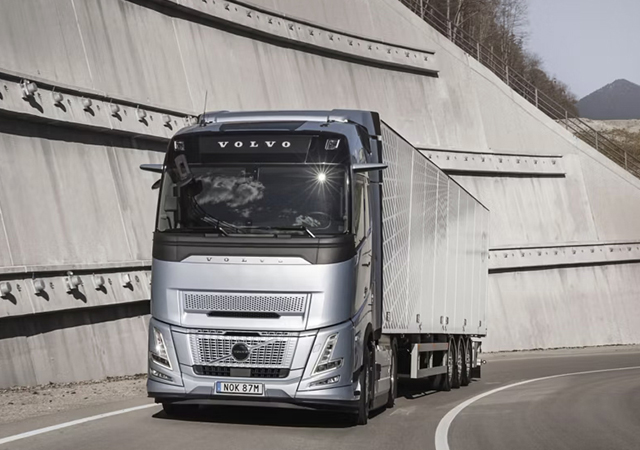

 (1).jpg)



